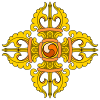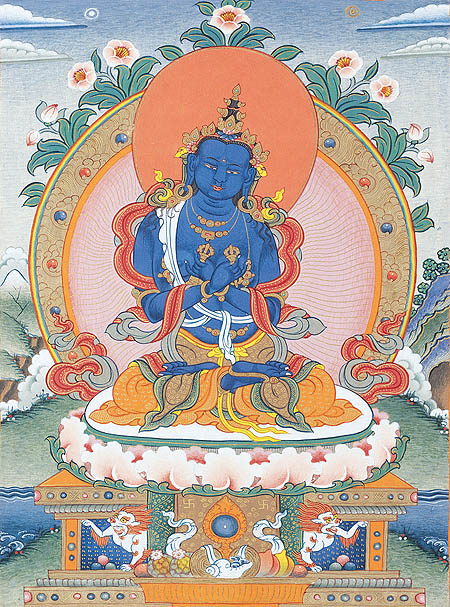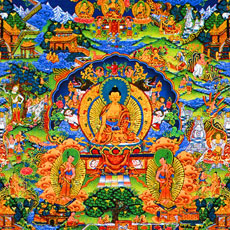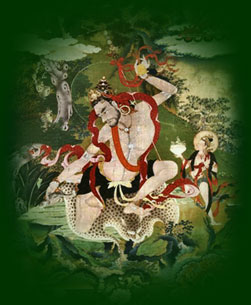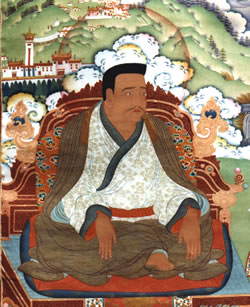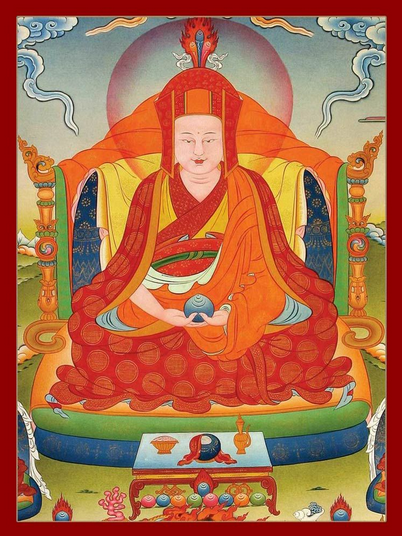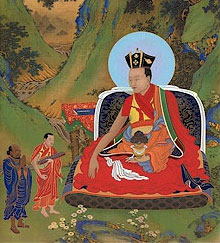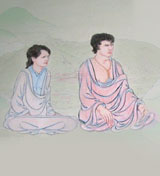ॐ Primordial Buddha (Vajradhara, Dorje Chang) > Historical Buddha (Gautama, Shakyamuni) (5th to 4th century BC) > Padmasambhava (Lotus Born, Guru Rinpoche) (8th century CE) > Tilopa (988-1069) > Naropa (1016-1100) > Marpa (The Translator) (1012-1097) > Milarepa (1052-1135) > Gampopa (1079–1153) > Rechungpa (1083/4-1161) > 1st Karmapa (Dusum Khyenpa) (1110-1193) > 2nd Karmapa (Karma Pakshi) (1204-1283) > 3rd Karmapa (Rangjung Dorje) (1284-1339) >> 16th Karmapa (Rangjung Rigpe Dorje) (1924-1981) > 17th Karmapa (Thaye Dorje) (Now)
